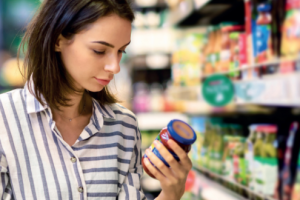Sharing and singles formats are the most popular within the convenience channel, but gifting chocolate also presents a sizable opportunity.
Figures from analyst NIQ (formerly Nielsen) show chocolate singles continue to have the largest share of confectionery, representing a quarter of all sales in independent and symbol stores and growing at 9%. Sharing products are also growing, with chocolate multi-packs up 12%.
Sharing occasions
About 30% of category spend goes on singles and this is predicted to grow further thanks to regulations placing restrictions on products deemed high in fat, salt and sugar (HFSS) that took effect this time last year. Despite this continued focus on health, it is expected consumers will continue to buy confectionery, be that as a treat for themselves, to share with friends and family, or to give as a gift, particularly during key seasonal occasions.
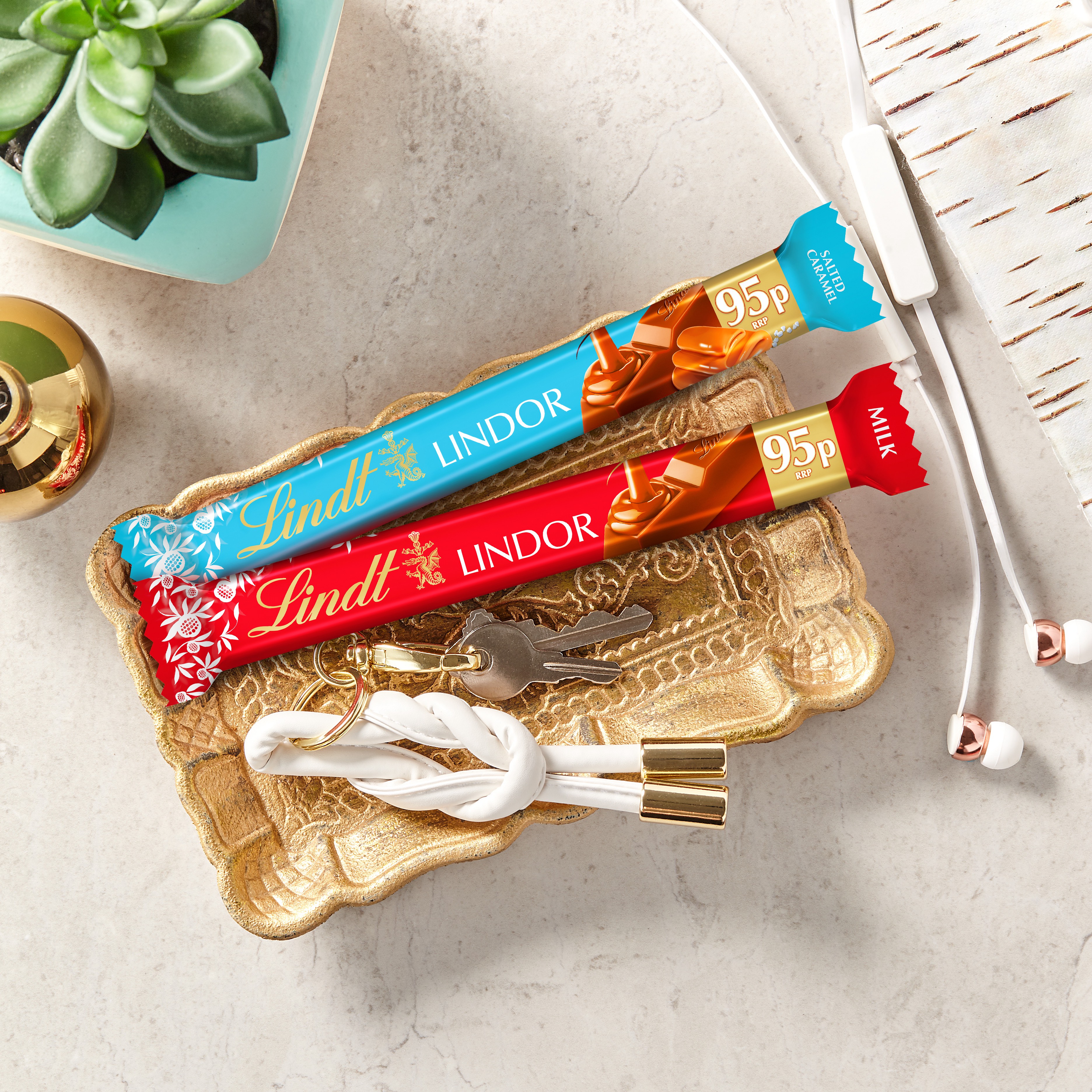
Andy Mutton, managing director at manufacturer Storck UK, says: “Our advice to retailers on navigating HFSS regulations is to trial different locations around the store for HFSS products.
For example, stock sweet treats alongside other impulse on-the-go items, especially near other snacks associated with nights in or lunchtime items. Stock recognisable and trusted brands to attract shopper interest to confectionery stands. Stocking a strong core range also helps provide retailers with relevance all year round.”

Andy Mutton, Storck
Sugar reduction
Some manufacturers have adapted their ranges to fit the new regulations. Triple Treat bars from Mars Wrigley, for example, are lower in sugar and in calories and are made of date paste, raisins and peanuts drizzled with chocolate.
Matt Boulter, UK sales director, Mars Wrigley UK, says: “The new bars retain the taste of their original counterparts, using healthier ingredients. They not only meet consumer demand for healthier, lower-sugar treats, but they are also HFSS-compliant – two trends that will continue to inform our new product development this year.”
Even in times of economic uncertainty, the need for treating and snacking remains high. However, the current economic hardship means shoppers are looking for the brands they enjoy and trust, but with consistent pricing. This is why price-marked packaging (PMP) has become a particular growth area and is proving hugely popular with shoppers, with 96% of treat bag sales coming from PMP.
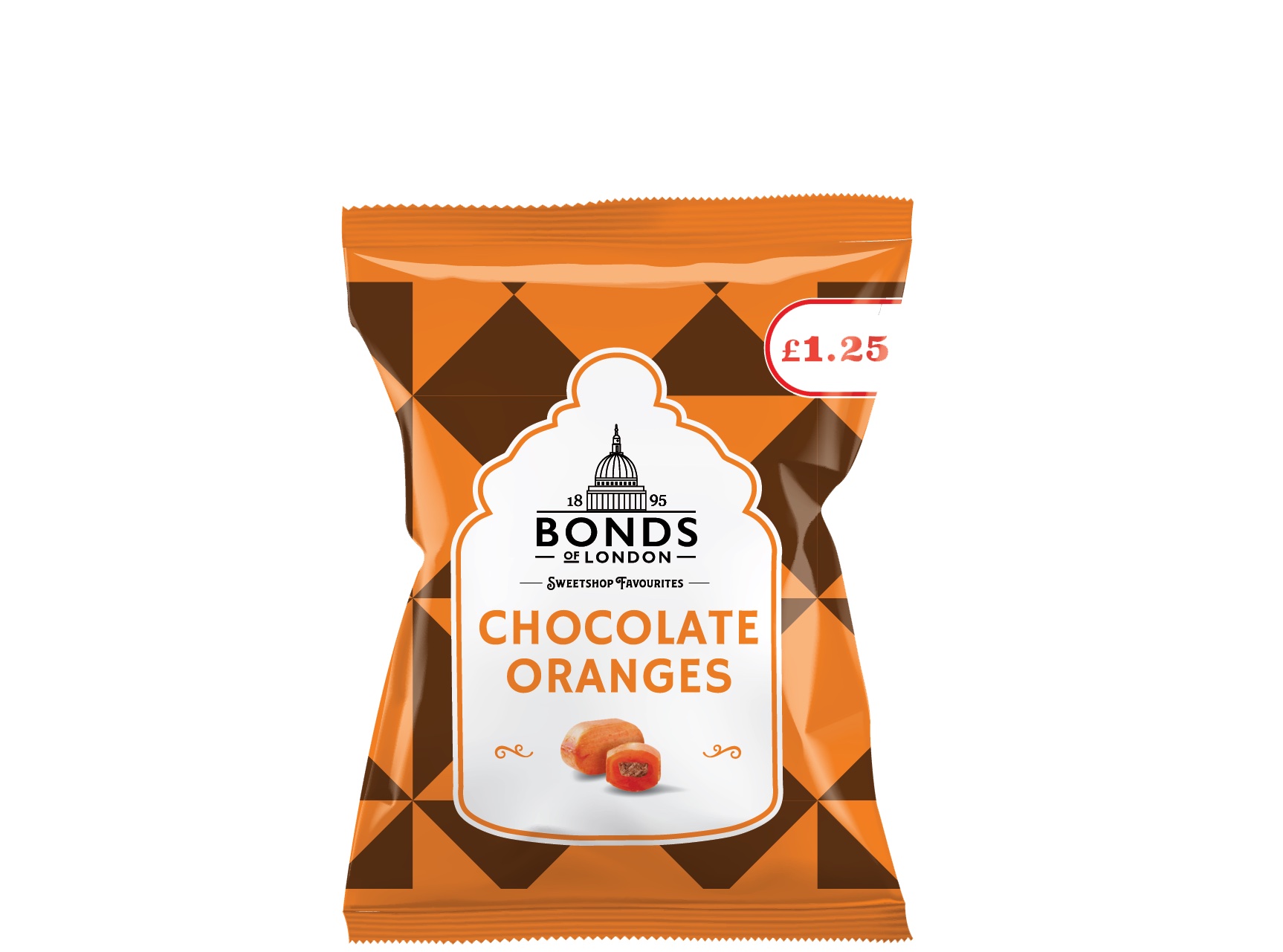
Savvy shoppers
Manufacturer Lindt & Sprüngli believes it is becoming increasingly important for consumers to be savvier than ever and the brand’s research into the market found price is a particularly important factor for snacking purchases, with crisps and snacks among the top five categories bought in PMP format.
According to its research, with 63% of shoppers believing PMPs suggest they are not being overcharged, PMPs help store owners overcome the perception that they are more expensive than grocers. They can also encourage impulse purchases, with 58% of shoppers believing PMPs are on promotion.
A Lindt & Sprüngli spokesperson says: “The clear pricing of PMPs encourages repeat visits from customers; they are more likely to trust the store and it allows them to budget accordingly. To this end, price-marked pack purchasing (48.2%) and promotion purchasing (44.5%) have increased as inflation rises. Price-marked pack countlines are growing year on year in impulse, with an 18.1% increase in countline PMP in impulse.”

Accessible prices
Brands such as Lindt Excellence and Lindt Lindor are growing as they are considered premium chocolate at accessible prices. Growth in premium is expected to continue for the foreseeable future, as sales for both premium gifting and blocks have increased.
With this in mind, Lindt Lindor has launched PMPs in two on-the-go Lindt Lindor stick flavours. The spokesperson says: “Since their launch in 2016, Lindt Lindor bars have proved hugely popular in the convenience and on-the-go sector. The bars are an affordable treat.
“We always endeavour to assess the market and innovate where demand lies and found that PMPs, although well established, are one of the most successful promotional techniques which represent good value for money. We believe PMPs will only increase in popularity, especially as the clear pricing provides reassurance the shopper isn’t being overcharged. We understand the importance of PMPs in the impulse sector and strive to support retailers by including our top-selling bars as PMPs.”
American candy
Specialist wholesaler Hancocks agrees that PMPs are a must-have in the current climate as they are seen as great-value options by customers. Kathryn Hague, head of marketing, says: “They’re flying off the shelves because they make customers feel like they can still treat themselves even when they’re trying to make cutbacks.
“Our Bonds of London range includes lots of share bags, clearly marked as £1.25, and are a great option for stores looking to expand their range of PMPs. Chocolate options include the top-selling Chocolate Peanuts, Raisins and Oranges.”
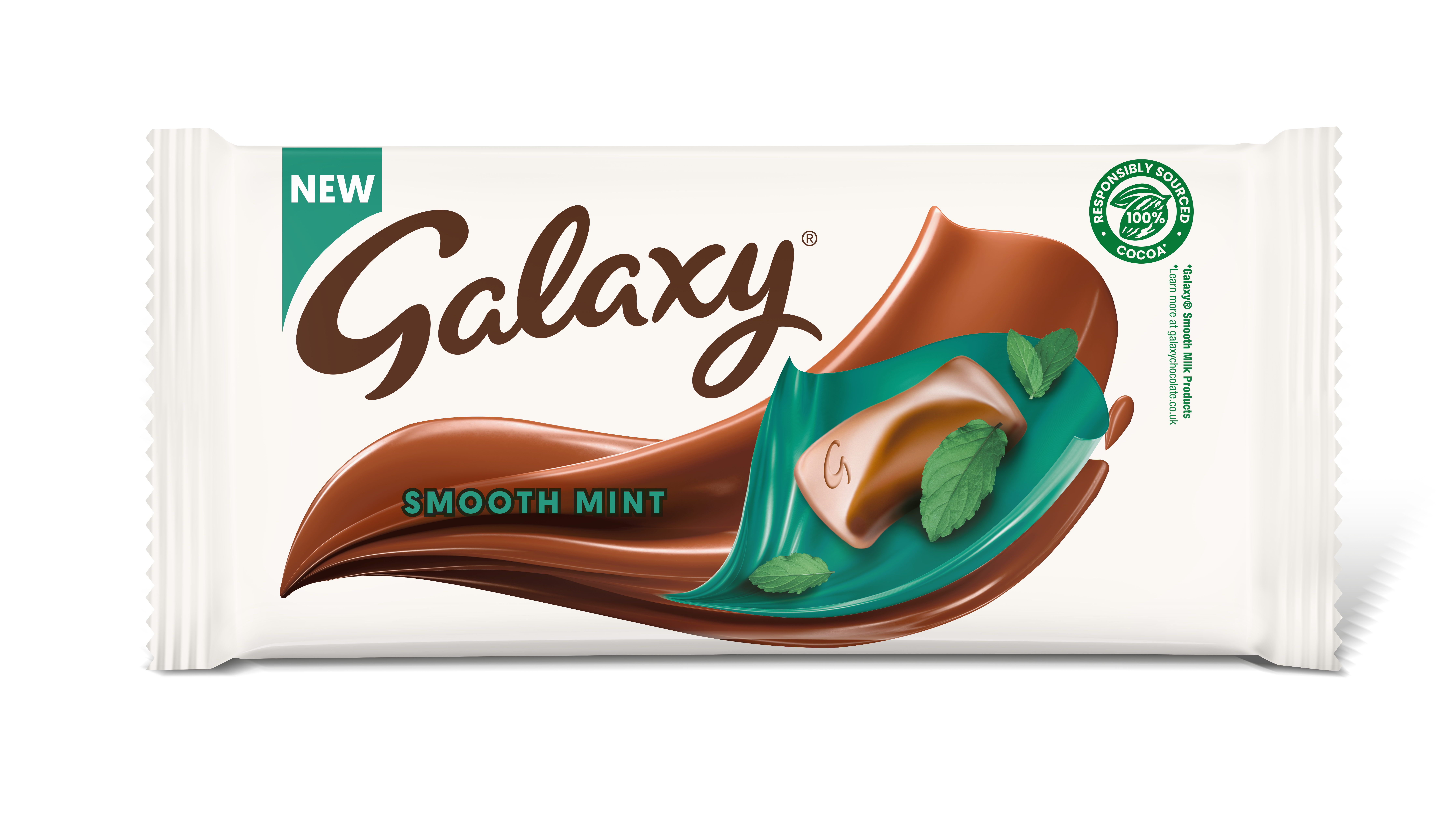
Hancocks is also hoping its new Hershey’s Cookies ‘N’ Creme Salted Caramel flavoured chocolate bar will prove popular among shoppers. It comes in £1.25 price-marked pack and is being promoted as a great way for retailers to add value to their American confectionery offering. “We’re also stocking an unmatched variety of price-marked chocolate bars and share bags from the most iconic chocolate brands, including Cadbury, Kinder and Galaxy,” Hague adds.
Dietary requirements
There has been increased demand over the years for chocolate for specific dietary requirements and the big brands are responding. No longer a niche market, vegan is a particular growth area in chocolate, with 48% of British adults now consuming plant-based milk.
Many brands are now choosing to use dairy alternatives in their recipes, such as oat and plant milk, to create their chocolate. Hague says: “We have a wide selection of vegan chocolate at Hancocks and we’re encouraging retailers to stock up on vegan options to cater to their customers’ needs.
“There are more mouth-watering options than ever before, ranging from vegan white chocolate to vegan chocolate boxes, dark chocolate and much more. We’re also stocking some amazing vegan brands such as Dirty Cow, Moo Free, Gnawable, Nomo and Love Raw.”
Mars Wrigley has launched its new Galaxy Vegan Salted Caramel bar as part of a refresh of the entire Galaxy Vegan range. The new SKU, which is gluten-free, dairy-free and registered with The Vegan Society, bolsters the brand’s core vegan line-up, including Galaxy Vegan Classic, Galaxy Vegan Orange and Galaxy Vegan Crumbled Cookie.
Mars Wrigley’s Boulter adds: “The refresh comes at a time when more shoppers than ever are seeking free-from confectionery that embodies innovation parallel to that in the core confectionery aisle. The new Galaxy Vegan Salted Caramel bar is made with hazelnut paste and filled with creamy salted caramel, with a design and taste similar to the mainstream confectionery equivalent.
In 2022, Galaxy Vegan represented 43% of the free-from chocolate block category, so the introduction of the new SKU provides further scope to grow market share in the rapidly expanding category.”
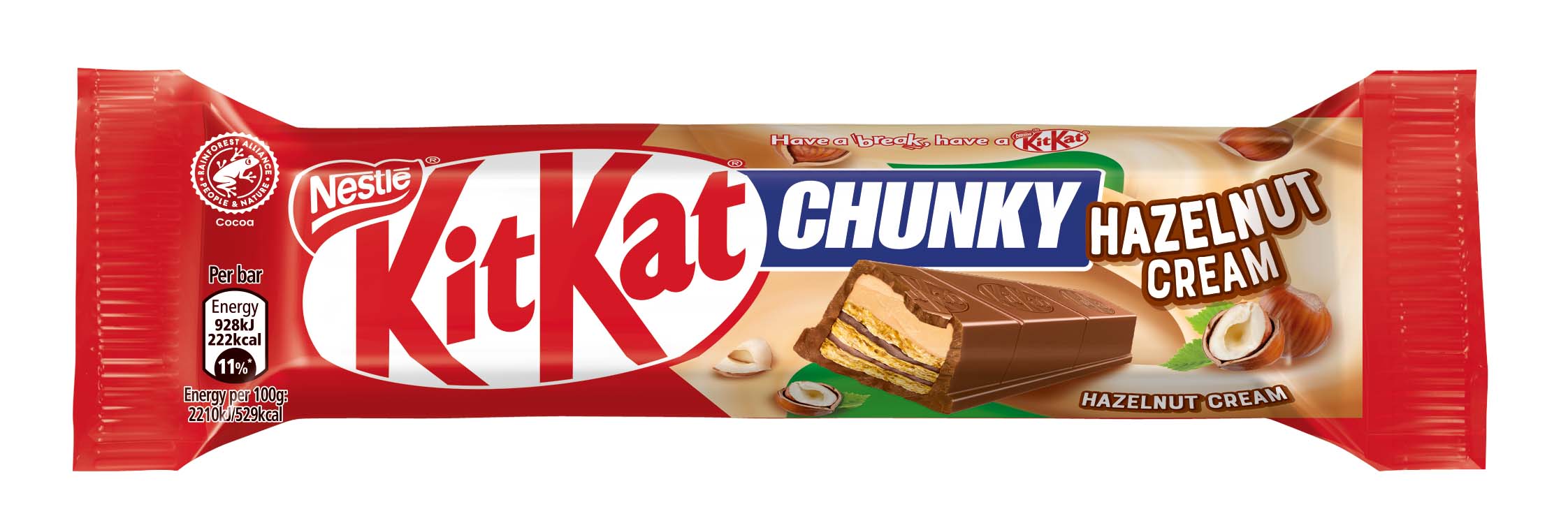
Plant life
Nestlé has also entered the vegan market with the launch of Kit Kat V, the vegan version of Kit Kat. A spokesperson says: “More people are seeking out plant-based alternatives in their diets but still want to indulge in their beloved Kit Kat. Our chocolate scientists were able to make that happen.
“By combining Nestlé’s expertise in chocolate innovation and non-dairy alternatives, our experts managed to perfectly blend the smooth chocolate with a rice-based alternative, resulting in the great-tasting, no compromise, certified vegan Kit Kat V.”
Taste is the number one reason to buy confectionery and flavour-wise, caramel has proven to be a winning variant within the chocolate singles format, seeing a 15% sales uplift within symbols and independents, outperforming both orange and mint chocolate.
Hague from Hancocks says: “Orange-flavoured products have been a huge consumer trend for the chocolate confectionery category, with Bonds Chocolate Oranges Bag selling successfully alongside branded lines like Kit Kat Orange, Cadbury Twirl Orange and Orange Yorkie, which have been hugely popular among retailers.”
Nostalgia trip
Limited edition flavours are driving consumer trial and repeat sales. The Cadbury Twirl is now available in mint flavour and the classic Yorkie chocolate bar now comes with a honeycomb twist. Kit Kat has also re-launched Hazelnut in its Chunky range as a limited edition.
Kit Kat assistant brand manager Torin Zieboll says: “It’s been three years since Kit Kat Chunky Hazelnut was on sale in the UK, and we couldn’t resist bringing it back.”

There’s also high demand for American chocolate confectionery, as British consumers are open to trying out new products and US confectionery offers new flavours. Also, US sweets offer Brits “borrowed American nostalgia” and Hershey’s and Reeces are now regulars on convenience store shelves.
Gifting sales
Stocking a range of premium products also offers the opportunity to tap into gifting sales. Premium brands such as Lindt Lindor, Ferrero Rocher, Guylian and Thorntons have all experienced sales growth.
Double Chocolate, one of Lindt Lindor’s varieties is said to have seen “soaring” sales and Quality Street Intrigue Salted Caramel Truffles has also proved popular. Riesen is now worth £3.4m and ranks as the 12th most popular bite-size caramel brand with a 1.6% share of the segment.
Responsible sourcing is also becoming more important to consumers and most brands are claiming some kind of ethical stance, especially in the world of cocoa production.
Being Fairtrade-certified is a badge many shoppers are looking for and Tony’s Chocolonely claims to be on a mission to prove chocolate can be both delicious and ethical with its Fairtrade chocolate made from 100% traceable cocoa.
The brand has recently launched Littl’ Bits, a snack range it says can help end exploitation in chocolate by ensuring cocoa farmers are paid fairly. They feature “chewy and crunchy cores covered in a chunky layer of ethical and Fairtrade chocolate.” The company says: “By paying farmers a price that enables a living income, we are working to end exploitation in chocolate.”

Repeat purchase
Making sure there is something in-store for all customer needs is the challenge in this category, as there is so much out there and so many variables.
Getting to know the customer demographic and getting to know the products is key. For example, Galaxy Smooth Milk Chocolate Block Bar is not only vegetarian but also kosher and Divine chocolate bars are not only Fairtrade but also kosher and halal. Supplying the right products will win repeat purchases and that is key in this category.

Top 4 tips
❚ Cross-merchandising: merchandise by occasion, grouping products across categories to make them simpler to shop. Examples include family sharing or gifting.
❚ Events: make sure you are aware of upcoming events and seasonal occasions. Be prepared with the right range and enough stock to keep up with demand.
❚ Choice: consumers are looking for choice – make sure you have a wide range of flavours, textures and pack formats available in-store.
❚ Point-of-sale: the use of engaging POS will play a large role in increasing basket spend, alongside placing items at eye level, or ‘buy level’, which has been shown to boost sales by up to 20%.
 Talking Retail Grocery and product news for independent retailers
Talking Retail Grocery and product news for independent retailers

